It begins not with a door but with a root. At Wehrmuehle, the old mill by the river in Biesenthal, you do not enter an exhibition, you are caught inside its rhizome.
Let yourself be drawn by curiosity. What draws your eye? What echoes in your body? What interconnections do you recognize? Where do your steps slow down?Here, you do not walk through a set of exhibits. You move through situations. - Ariana Krieger
Some Degree of Friction does not offer a beginning, nor a center; instead, it unfolds sideways, diagonally, unexpectedly.
The rooms do not behave like galleries but like plateaus, places of sustained intensity where gestures, sounds, and bodies reverberate.
Curated by Tjioe Meyer Hecken, the show borrows its logic from Deleuze and Guattari’s A Thousand Plateaus and Schlöndorff’s The Forest Maker: the rhizome as an underground system of roots, always multiplying, never hierarchical.
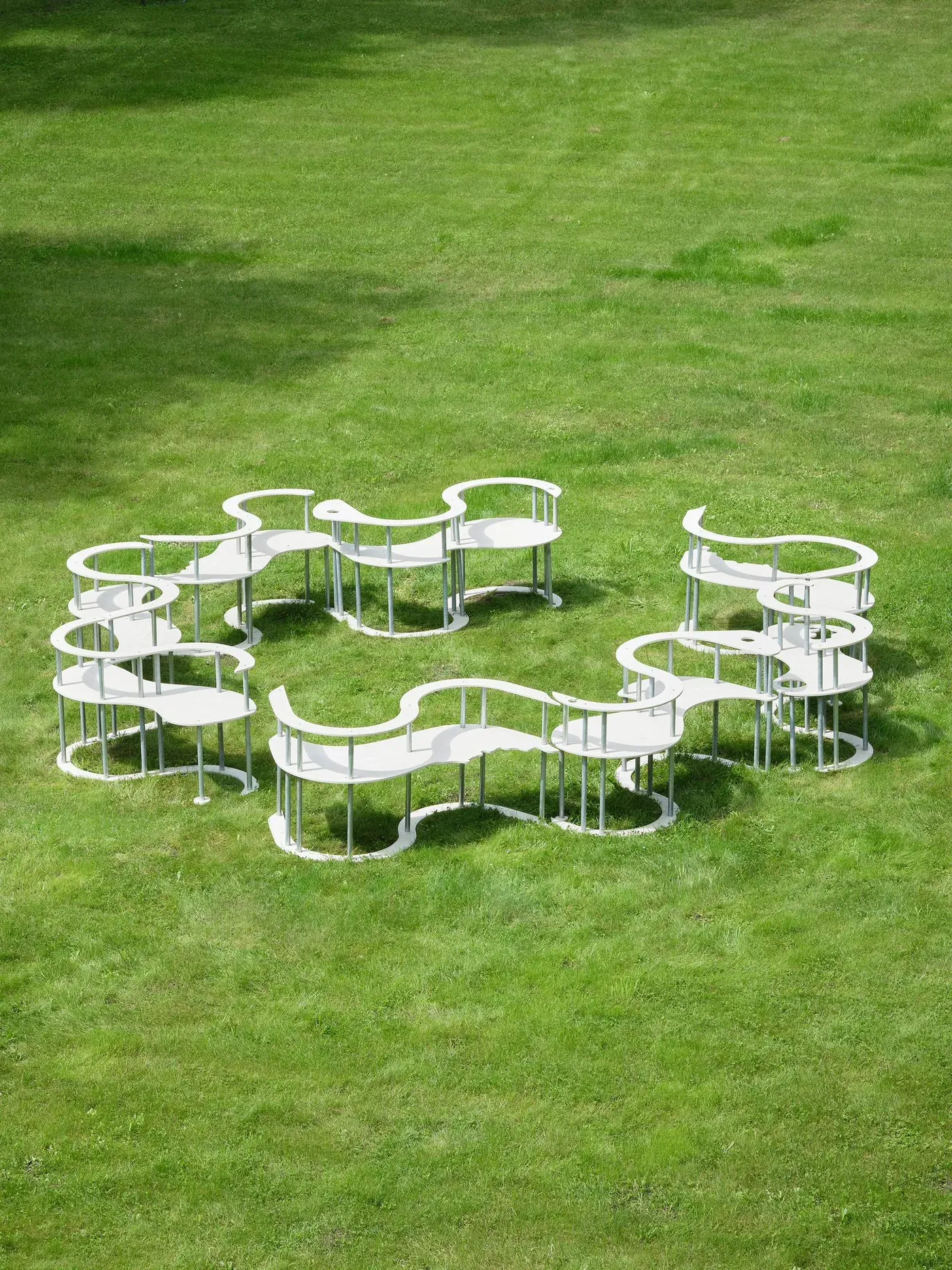
The result is a summer-long choreography of works by more than 30 artists including Alicja Kwade, Anne Imhof, Anna Uddenberg, Precious Okoyomon, Rosa Barba, Yngve Holen, Evangelia Dalton, Ornella Fieres, Beatriz Morales, whose voices collide, echo, and interfere in nonlinear resonance.
A field of intensities
Each space of the Wehrmuehle, the Barn, the Guesthouse, the Museum floors, is treated as a plateau. Rosa Barba’s temporal projections sit beside the organic interventions of Precious Okoyomon.
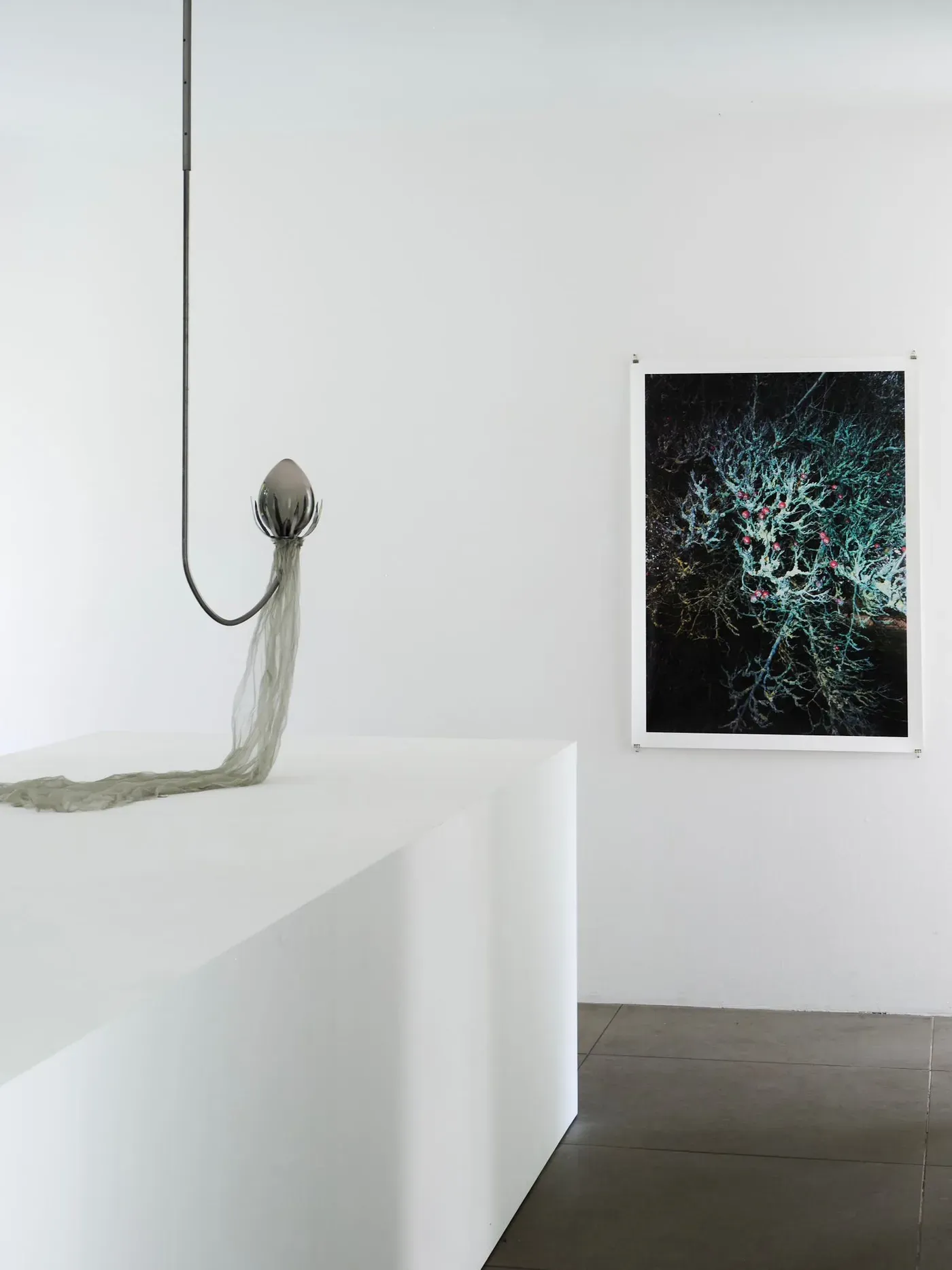
Yngve Holen’s techno-organic sculptures reverberate against Alicja Kwade’s time-bending material games.
Anna Uddenberg’s bodies twist into Anne Imhof’s atmospheres, while Sofiia Stepanova and Billie Clarken unravel identity as something porous, unstable.
The effect is frictional, but friction here is not obstruction, it is spark. Works do not cancel each other out, they generate energy.
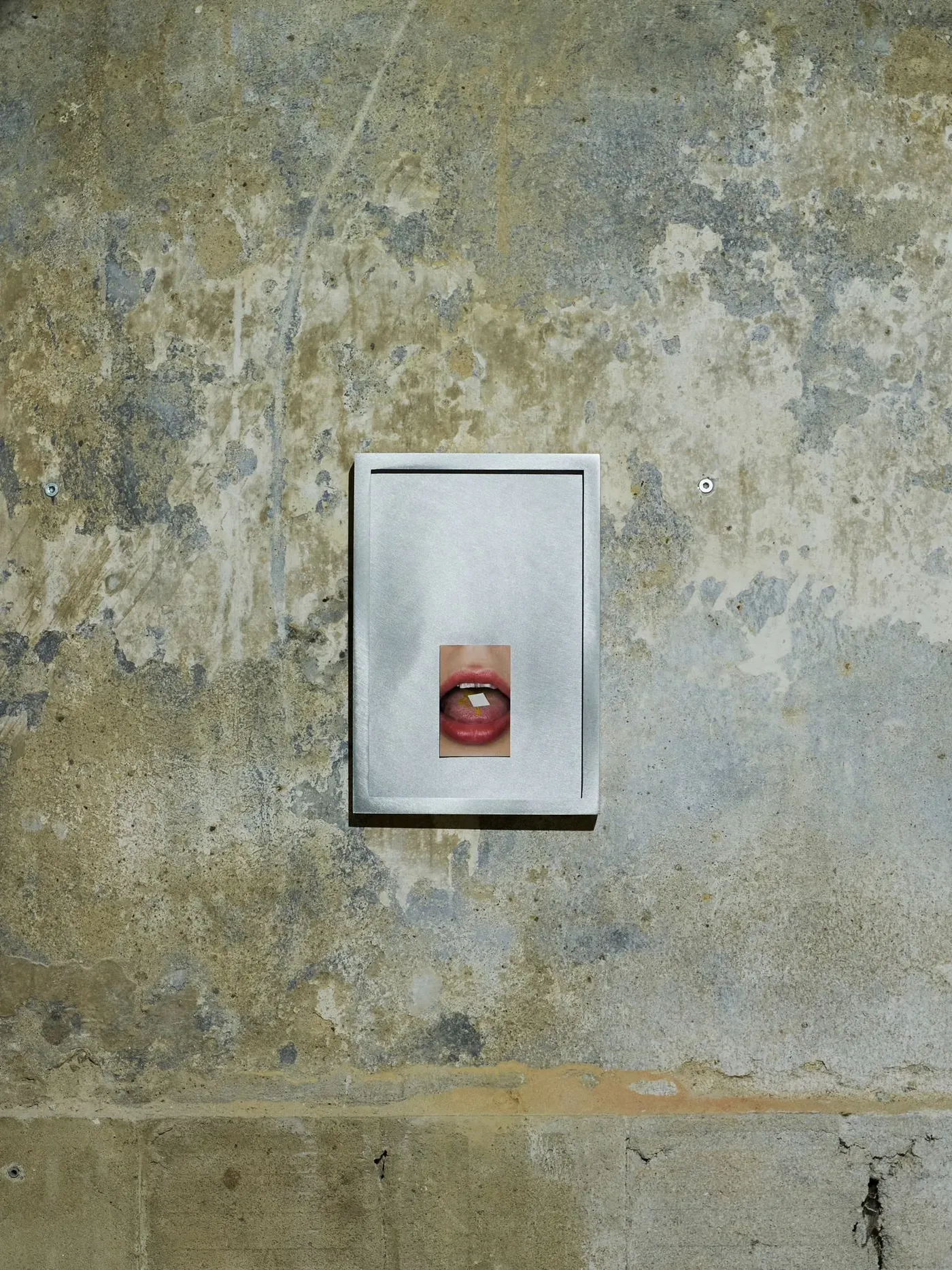
That energy is the exhibition’s lifeblood: a condition of becoming, of transformation in the presence of others.
Between forest and network
The curatorial reference to The Forest Maker is not ornamental.
Just as Tony Rinaudo’s reforestation grew from local attention and care, the Wehrmuehle project roots itself in the community, in its gardens, rivers, and barns.
The landscape itself becomes part of the exhibition. Workshops, performances, and sound pieces weave into the grounds, shifting the visitor’s role from observer to participant.
You do not “see” this show, you traverse it, feel it underfoot, let it snag in your body.
A refusal of hierarchy
What makes Some Degree of Friction striking is its refusal to give viewers a single vantage point. There is no “main room,” no star work. Instead, each artist is granted the same curatorial dignity: a plateau of intensity.
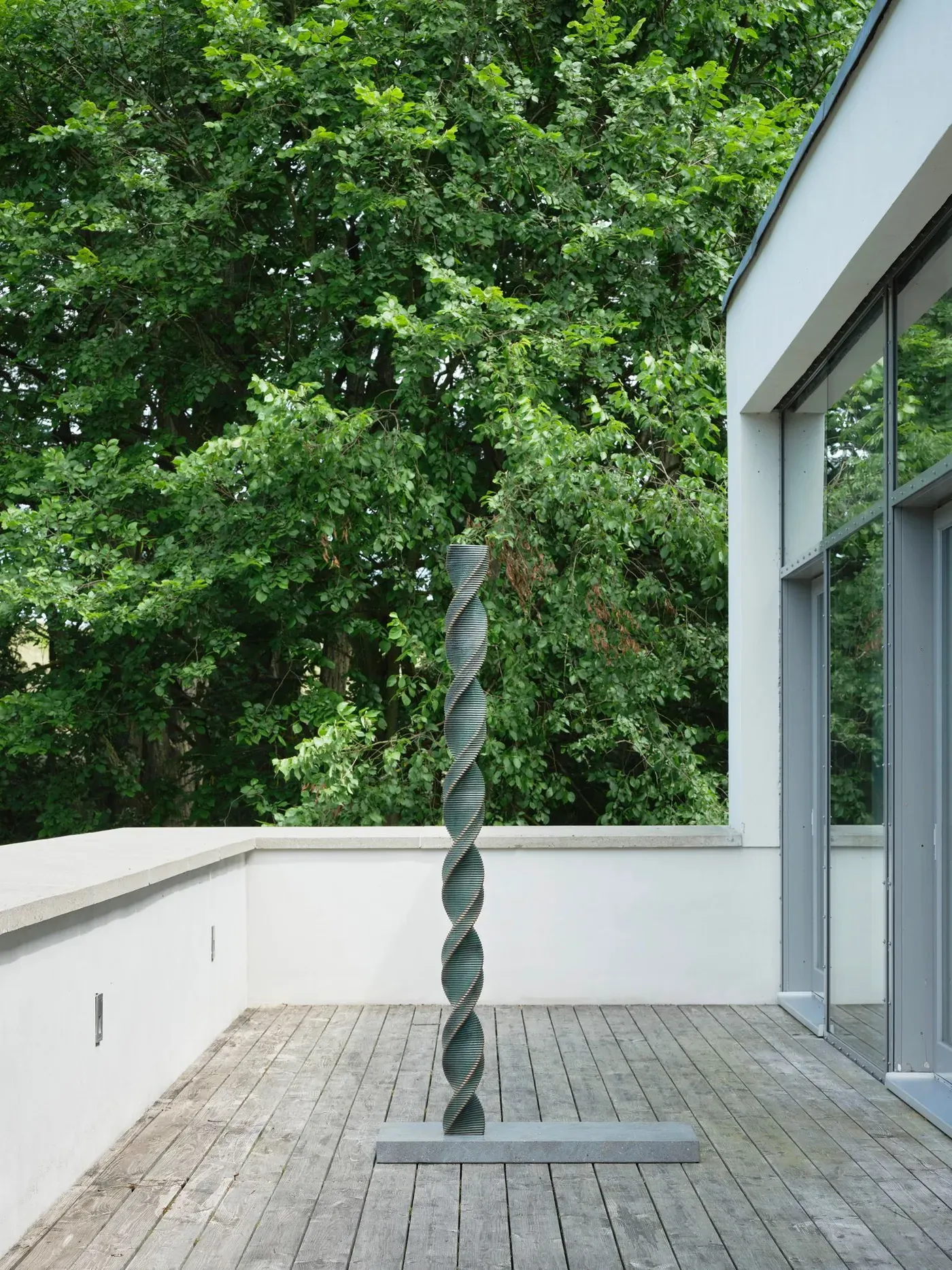
That democratic structure is also unsettling, it forces us to slow down, to choose our own path, to recognize the network of connections we are part of.
In a time when exhibitions often chase spectacle and singularity, this collective friction feels urgent. It insists on interdependence.
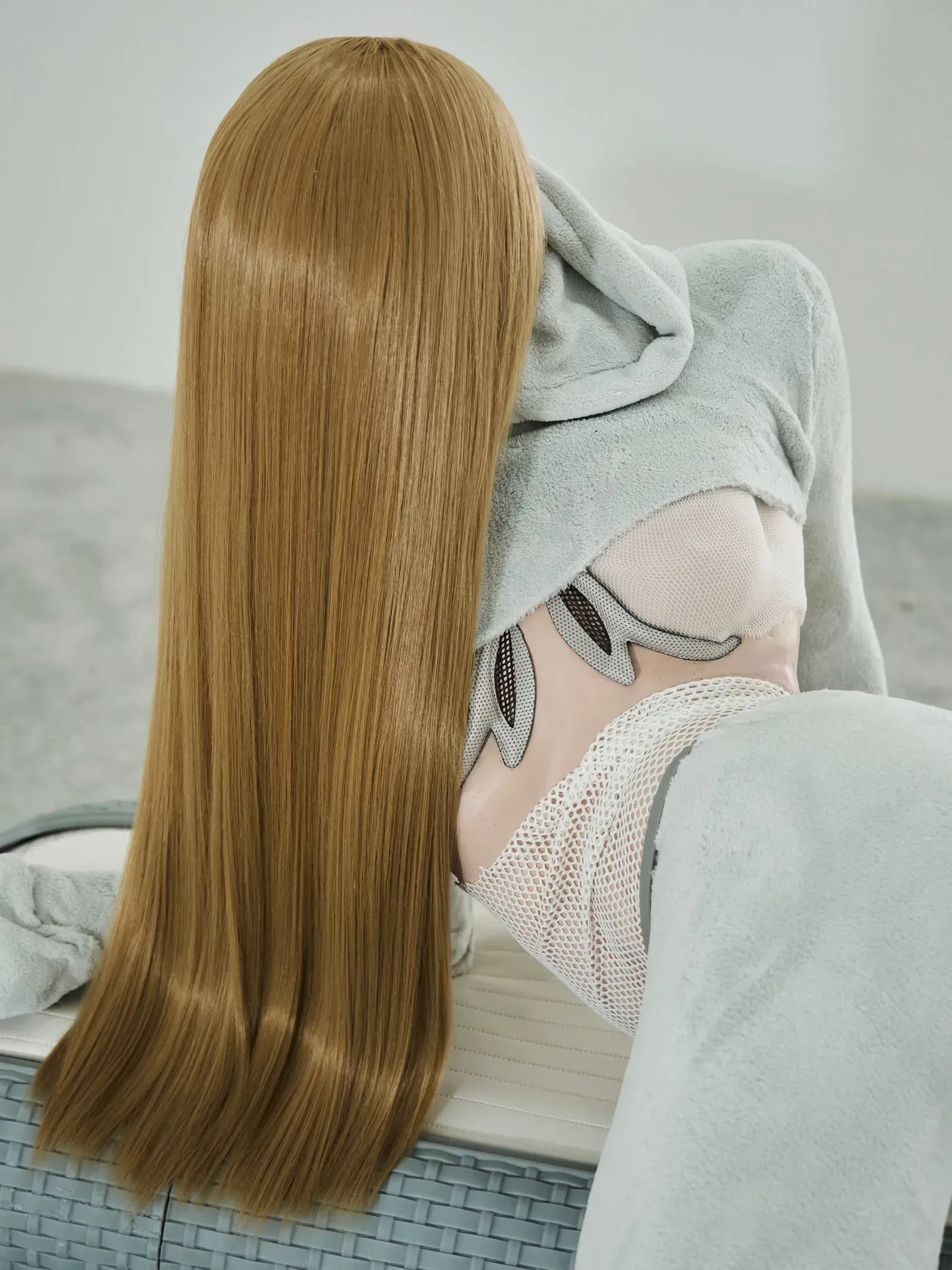
It reminds us that art is not about clarity alone but about ambiguity, about the gaps where meaning resists conclusion.
Alicja Kwade, Amanda Donato, Anna Uddenberg, Anne Imhof, Beatriz Morales, Billie Clarken, Christine Liebich, Daniel Hölzl & Abie Franklin, Elena Francalanci, Evangelia Dalton, Hani Hape, Jade Cassidy, Jenna Sutela, Ju Young Kim, Lena Marie Emrich, Lewinale Havette, Lorenz Rost, Lukas Heerich, Madelen Isa Lindgren, Mirko Mielke, Natalie Brehmer, Nicolás Lamas, Ornella Fieres, Paulo Wirz, Precious Okoyomon, Rosa Barba, Rosa Merk, Sally von Rosen, Seongwon Park, Sofiia Stepanova, Susi Gelb, Tim Schmid, Yngve Holen
Performances and interventions will expand the exhibition across seven weekends, creating yet more plateaus of intensity.
Q&A with Curator Tjioe Meyer Hecken – Some Degree of Friction
1. What drew you to Deleuze & Guattari’s concept of the rhizome as a curatorial framework for Some Degree of Friction? How did this idea help shape the exhibition’s structure and flow?
I was captivated by Deleuze & Guattari’s rhizome precisely because it defies linearity and hierarchy, embracing networks, multiplicity, and transformation.
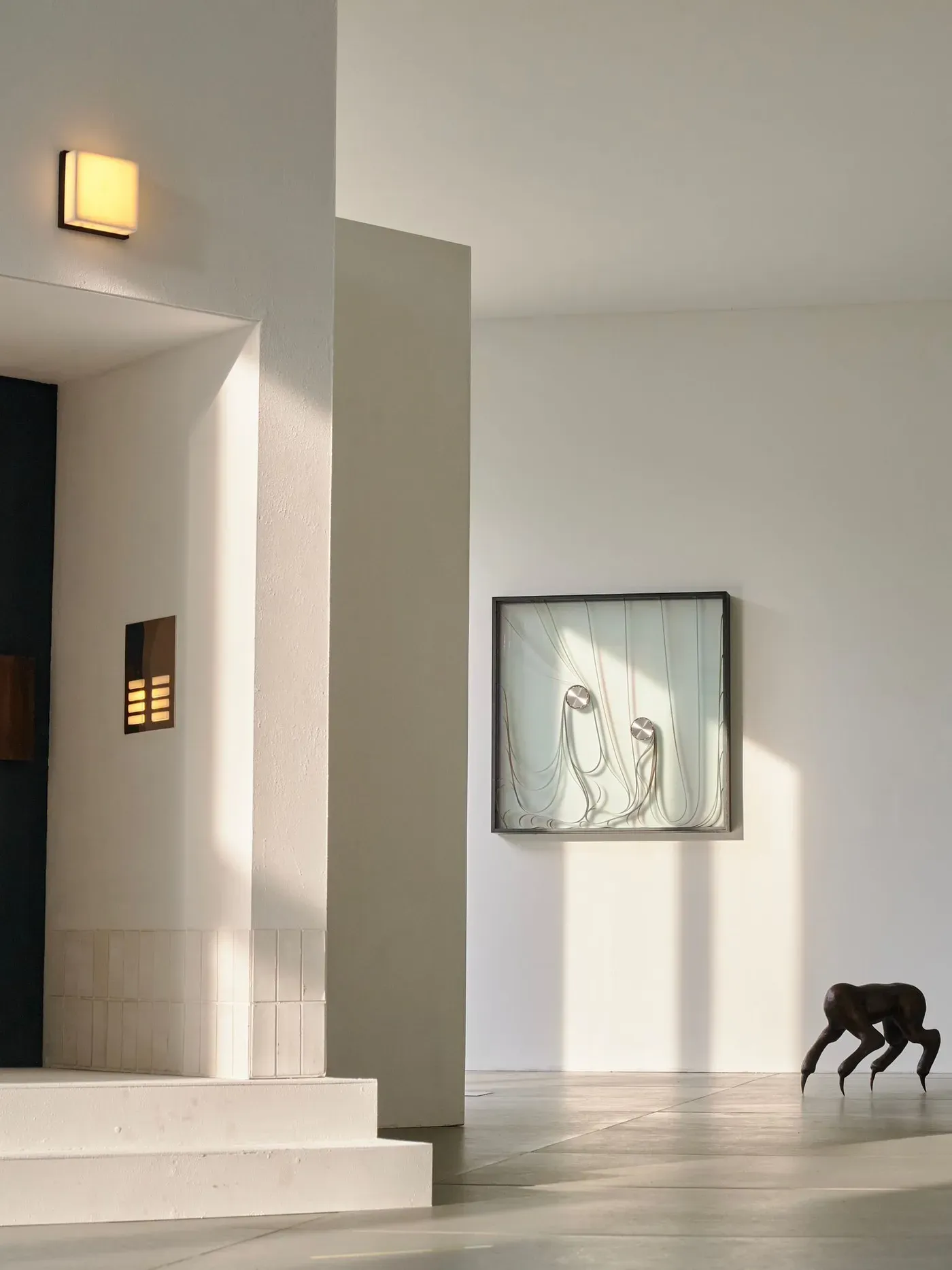
That non-hierarchical, interconnected model seemed to resonate profoundly with what I envision when curating—an open, layered structure where works speak to one another across time, media, and bodies.
2. The exhibition resists hierarchy and embraces multiplicity—how did that influence your process of selecting the 25+ artistic positions? Was there a guiding logic, or did the selection itself emerge rhizomatically?
The selection process was both intentional and emergent—more attuned to resonance than hierarchy. I began with thematic threads—works engaging with bodies, memory, technology, ecology, and gender—and then allowed those threads to branch out and connect across different artists and media.

I wanted to put emphasis on strong female artists like Anne Imhof, Anna Uddenberg, Rosa Barba, Alicja Kwade, for example, but there was also a focus on holding space for both emerging and more established voices, particularly those connected to Berlin.
For instance, I first encountered one of our artists, Evangelia Dalton, while she was presenting her university thesis work at Bard College Berlin— a work centered on water, ice, and witnessing, using analog technologies and layered projections.

Her installation, Water (;), was partially inspired by Octavio Paz’s My Life with the Wave and Ana Mendieta’s Siluetas, and reflects on water as a mirror to identity. Much like a rhizome, the artist list grew laterally—through conversations, encounters, and connections. Artists didn’t just “fit into” the show; they shaped it in real time, responding to each other’s presence in the space.
3. You describe the works as “plateaus”—fields of sustained intensity. How do these plateaus interact or interfere with one another in the space?
Each artwork operates as a self-contained zone of intensity, a plateau where sound, image, movement, and materiality dwell. But within the exhibition, plateaus don’t exist in isolation—they reverberate.
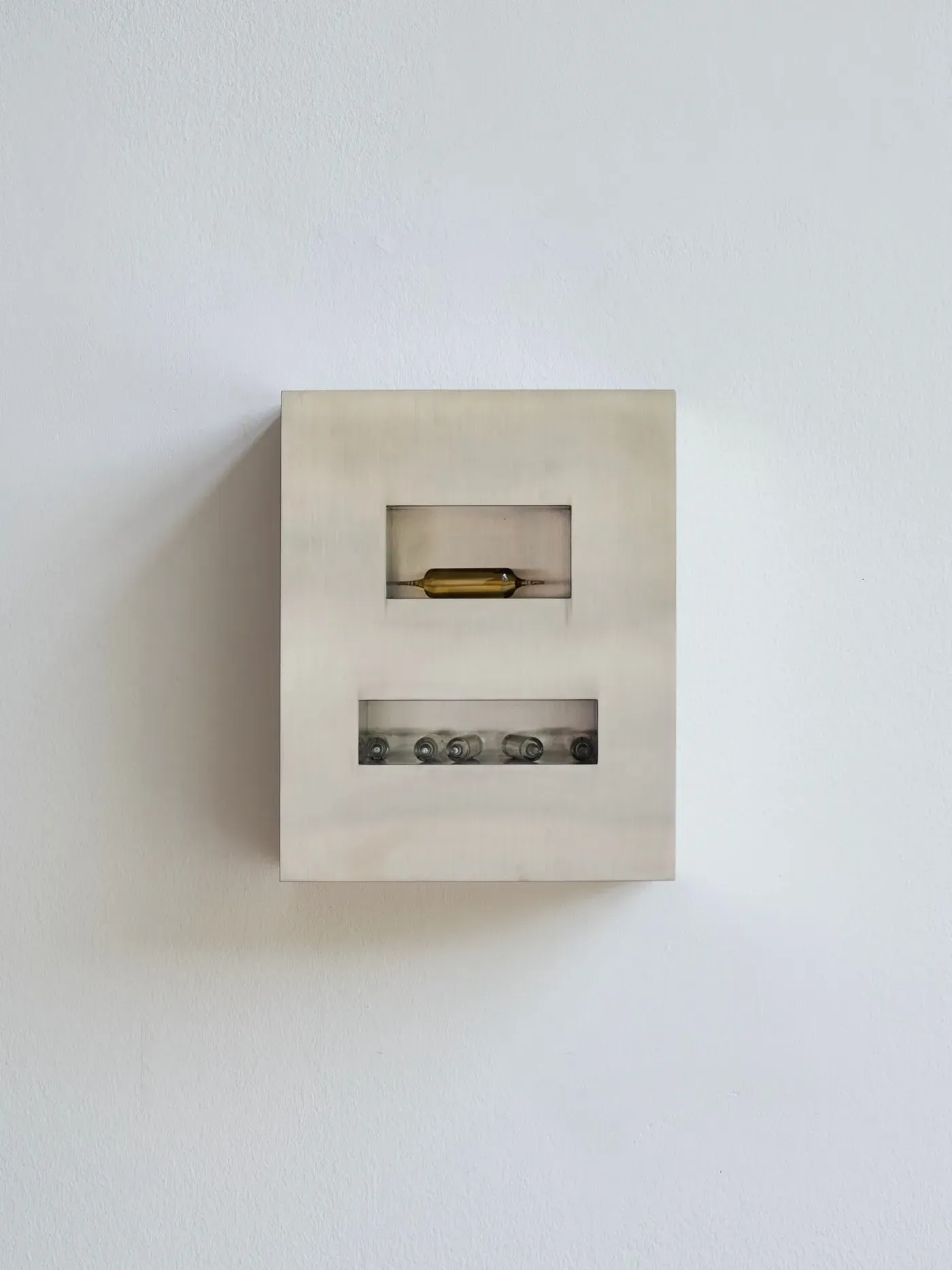
You might encounter a sculpture in one room, then stumble upon a sound piece whose rhythms echo or unsettle your experience from moments before. A performance might recontextualize adjacent works, or the landscape outside might bleed into your internal flow of attention.
The interference is generative: tension, echo, resonance—all creating a mesh where meaning unfolds in relation rather than in singular statements.
4. Rather than a linear walkthrough, visitors are invited to ‘make paths as they walk.’ How did the physical layout of the Wehrmuehle shape this open structure?
Wehrmuehle’s architecture is already rhizomatic: layered, multi-scaled, and non-uniform. I wanted the paths between rooms, floors, and fields to reflect that. Visitors can begin anywhere—upstairs, downstairs, the basement, the barn, or outdoors—and chart their own journey.
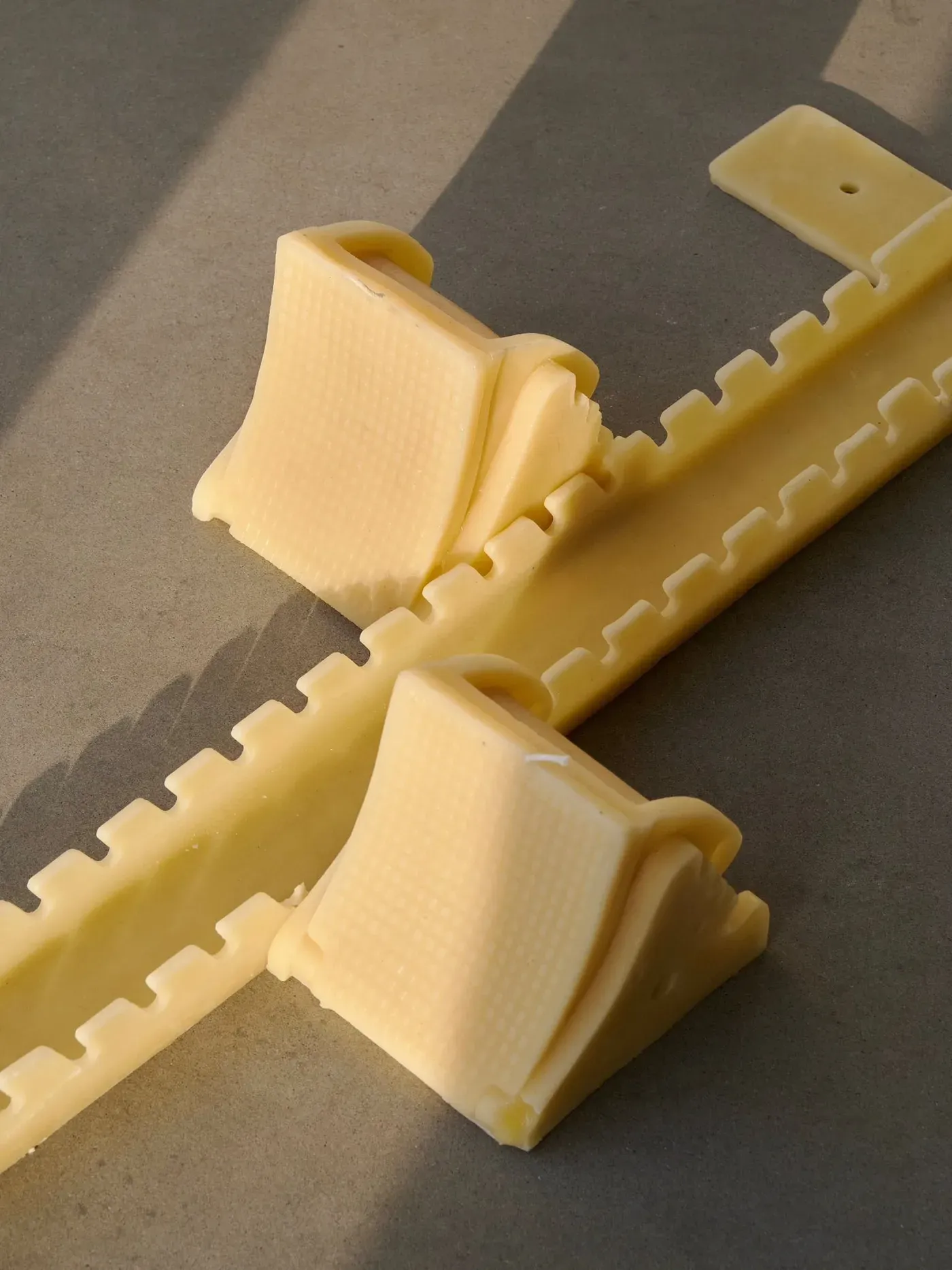
I think the site’s emphasis on its surrounding nature reinforces the invitation to meander, to let the site’s architecture steer one’s rhythm. It’s a curatorial gesture that trusts the building, the works, and the audience to co-create the experience in real time.
5. There’s a strong emphasis on community and care, especially in relation to site and programming. How did local context and collaboration inform the show?
As director of Wehrmuehle and founder of Offsite, I’ve always placed community at the heart of my approach. Some Degree of Friction was shaped by local rhythms. We integrated performances, workshops, and culinary experiences by local collaborators.
The exhibition isn’t just on display, it’s embedded in the communities around it—Berlin and Brandenburg—making it porous, reciprocal, and grounded in shared attention.
6. What’s next for you?
My next project is a collaborative cultural evening with Mercedes-Benz Art Collection and d&b audiotechnik, presenting Salomé Chatriot on September 7th at our Offsite, Friedrichstr. 112b, Berlin-Mitte.
It’s going to be a fluid, site-responsive encounter—something between performance and gathering. I hope to see new connections take root and new plateaus emerge in urban space.
Closing thought
To walk through Wehrmuehle in summer 2025 will not be to visit an exhibition but to enter a living ecosystem. One where art does not illustrate theory but practices it, fragile, messy, vital.
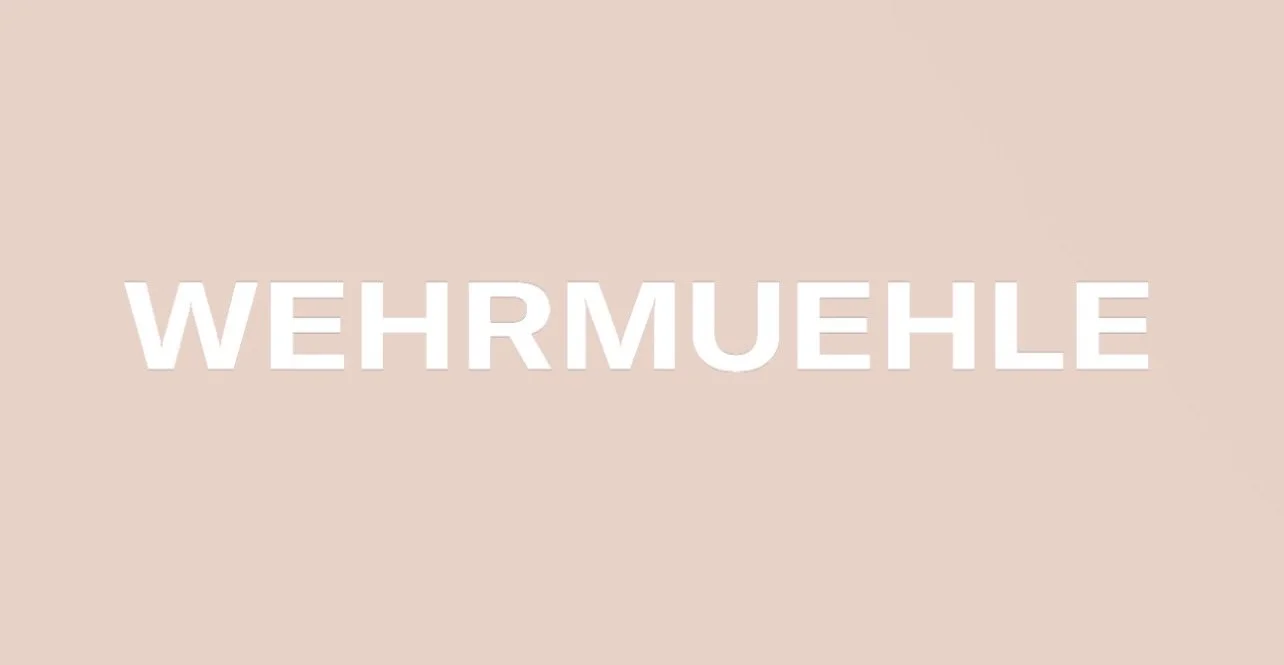
Wehrmuehle - official
Some Degree of Friction, part of Art Biesenthal 2025, does not want us to watch. It asks us to inhabit, to attend, to linger. To feel the warmth of frictions that do not smooth away but instead hold us in relation.
For more insight and inspiration, follow curator Tjioe Meyer Hecken, and Wehrmuehle.
Related Articles:
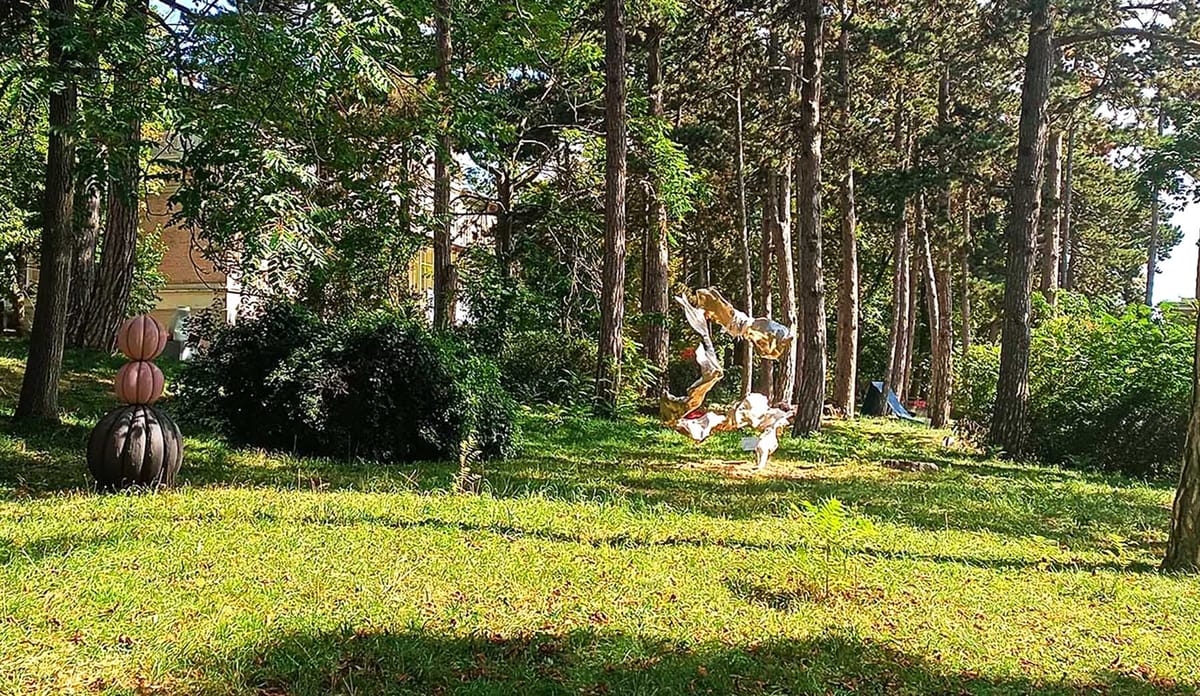
Parallel Vienna
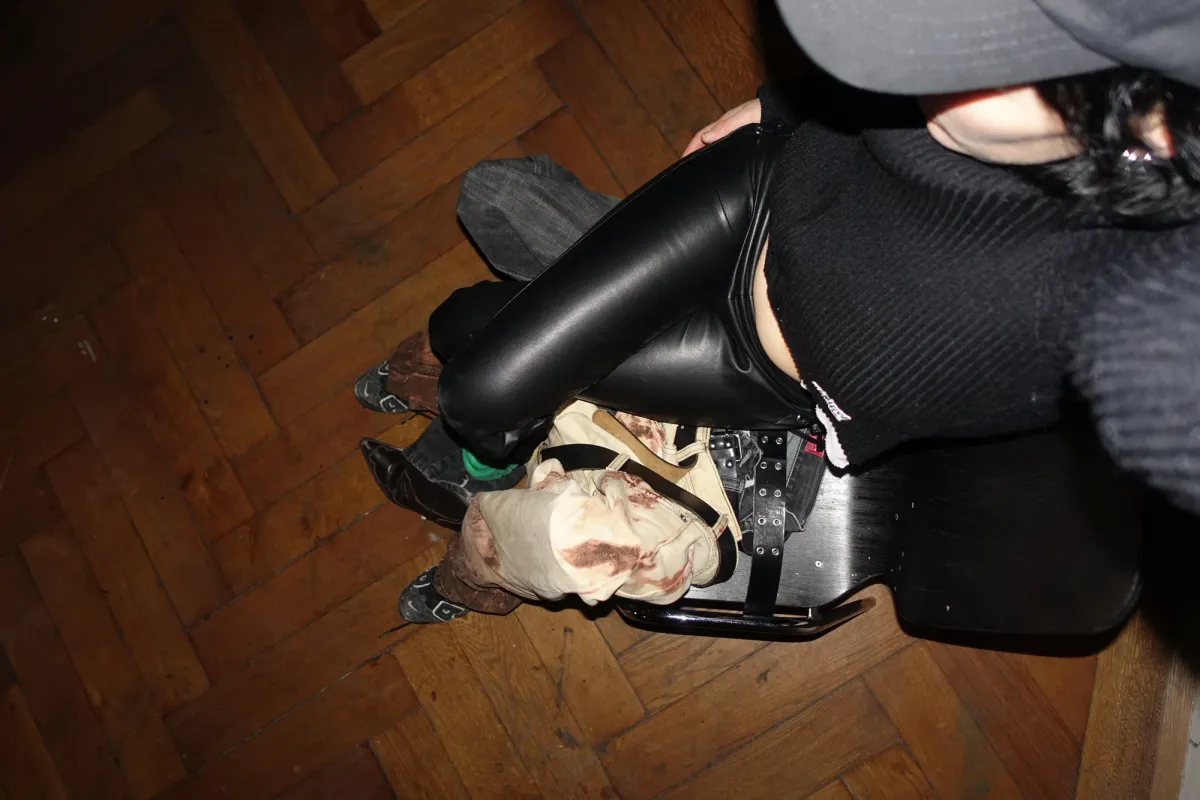
Ju Aichinger
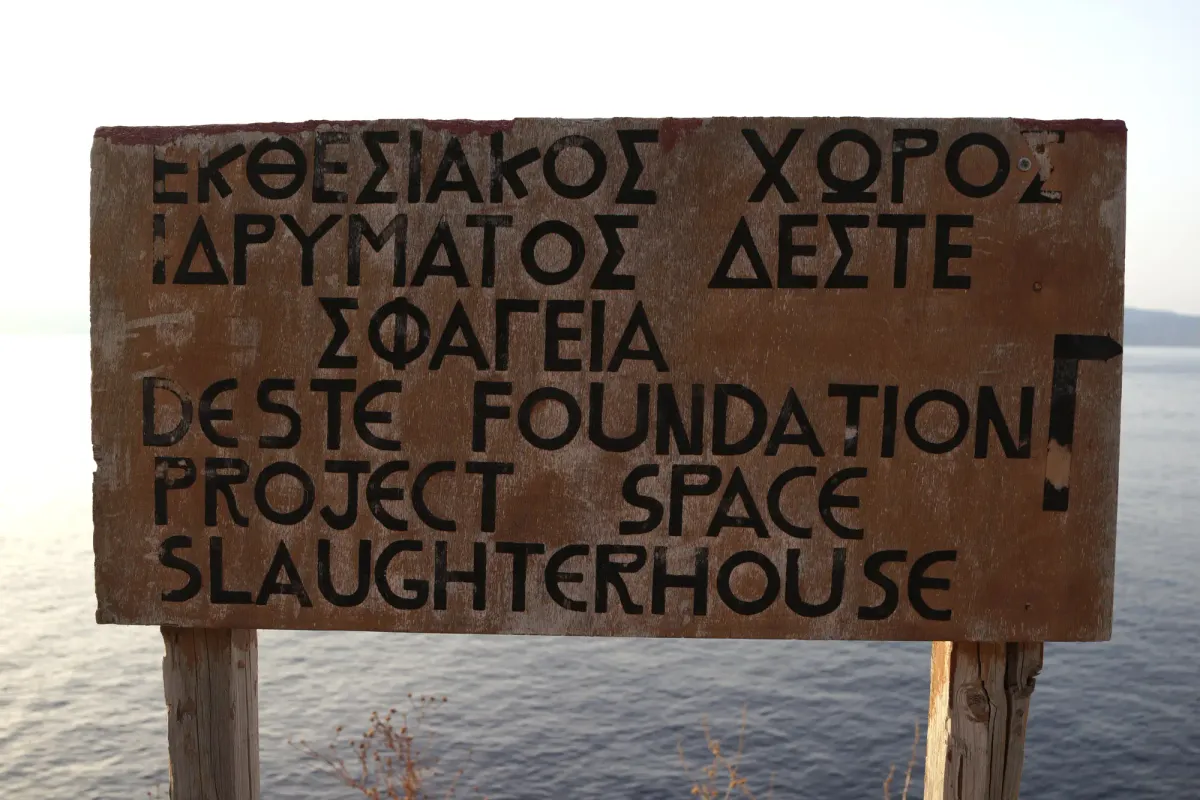
DESTE Foundation - Hydra Greece


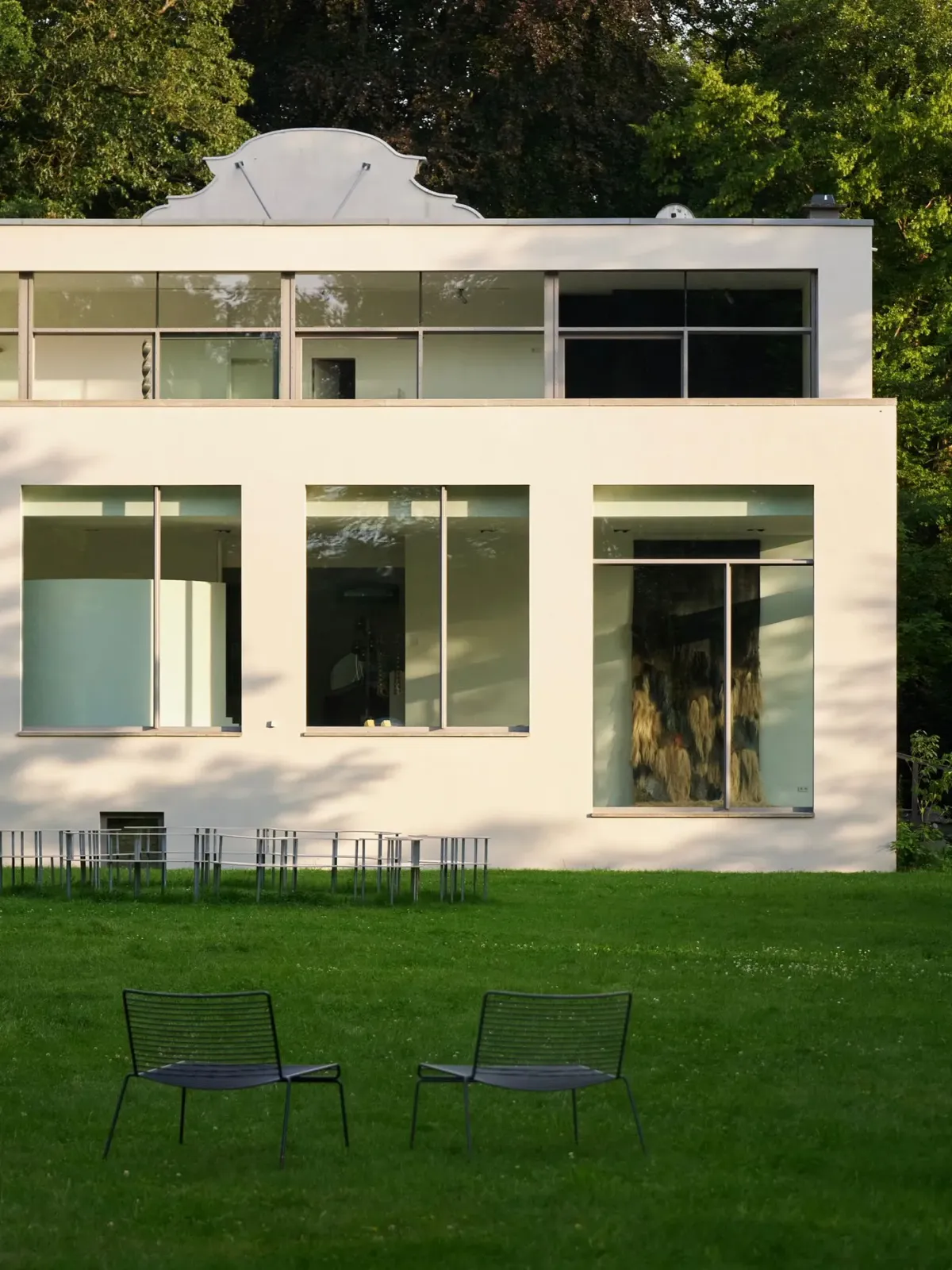




Member discussion